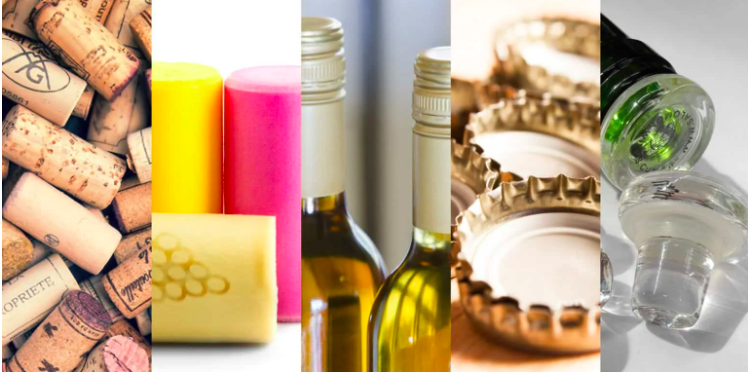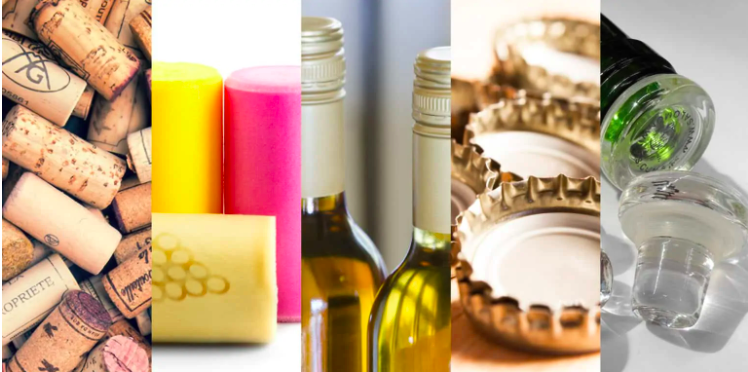
Who doesn’t love the pop of a cork at the beginning of a dinner with friends or a New Years Eve celebration? The history of cork usage for wine bottles goes back millenia. The natural cork is punched from the bark of the Quercus Suber or cork oak tree, grown primarily in Portugal (50%) and Spain (30%). The theatrics behind opening a bottle of wine is the subject of extensive study for master sommelier training but it can also be a source of anxiety for the casual wine drinker. There are so many choices of openers, from simple corkscrews (which cost a few dollars) to expensive tabletop cork pullers (which go for upwards of $200). Foolproof? Hardly, especially if you get a bad cork.









